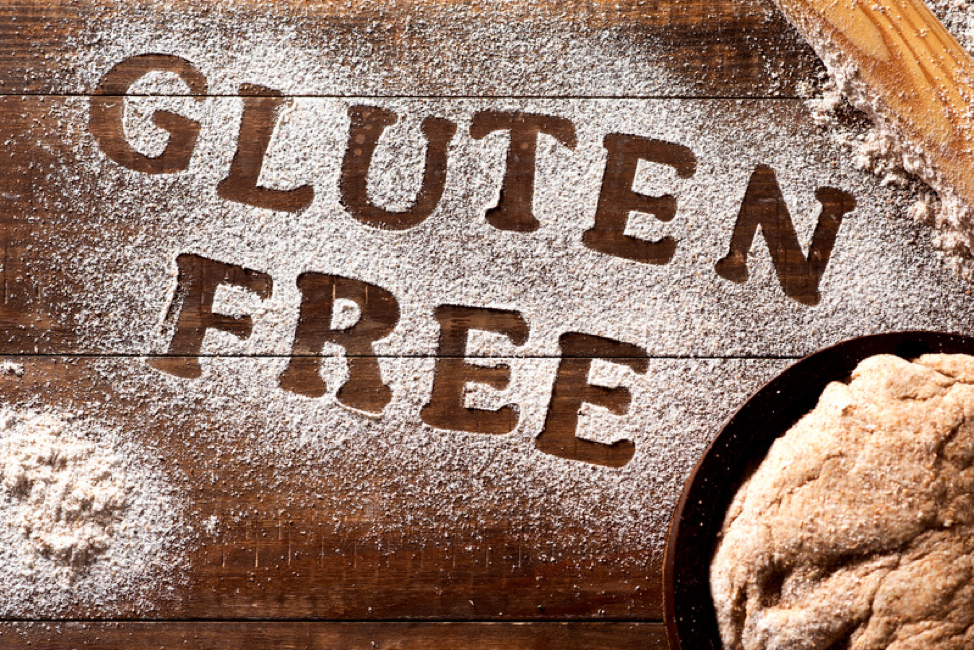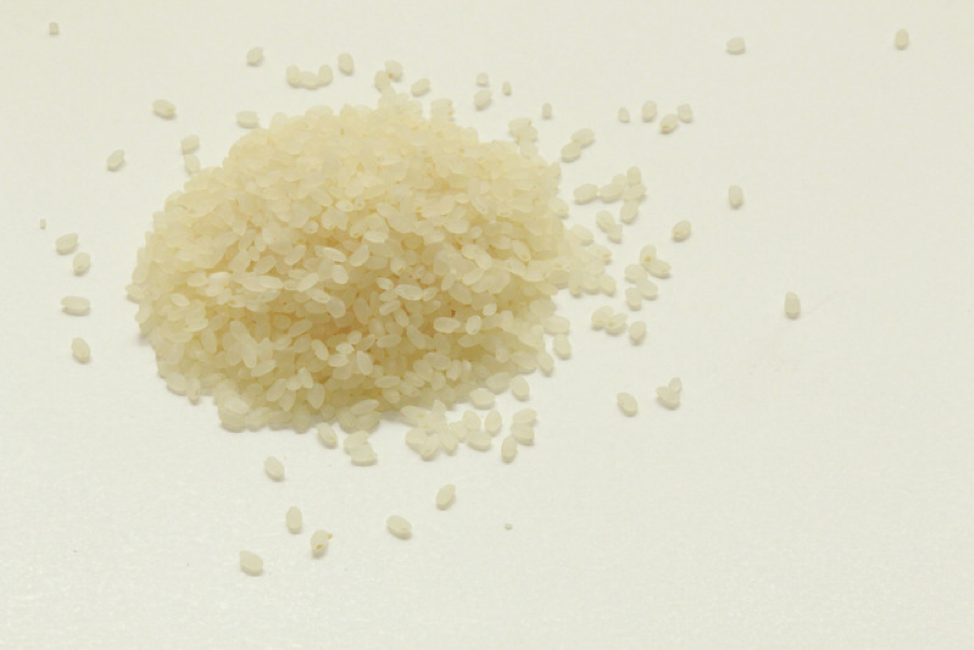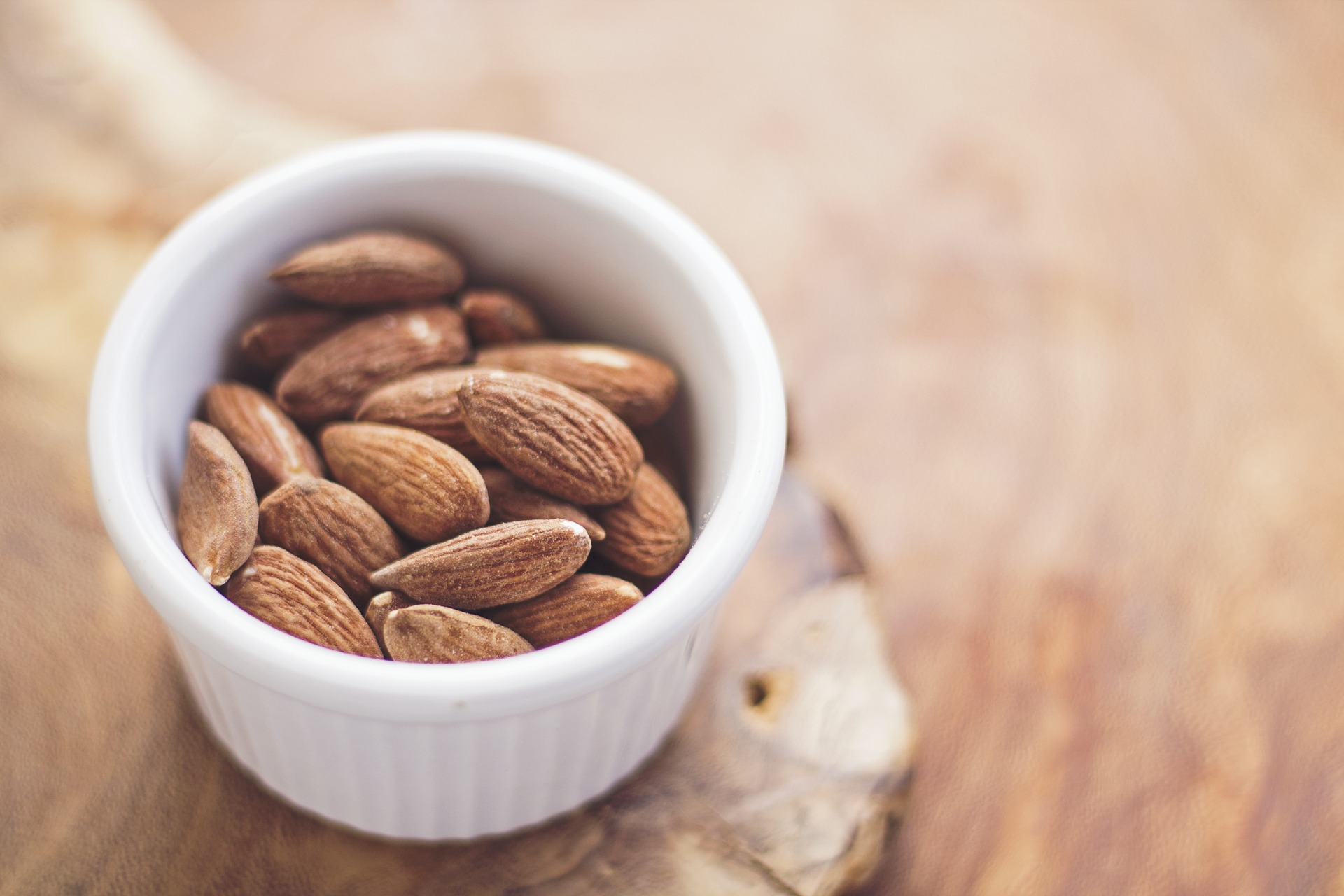
Given the link between gluten and autoimmune disease, going gluten-free—or reducing your gluten intake—is highly advisable.
But cutting gluten from your diet can be a tough transition.
After all, who enjoys constantly saying no to tasty muffins, homemade breads, and delicious desserts?
Enter gluten-free flour—a seemingly simply solution for maintaining your health while enjoying your favorite dishes.
The problem is, slapping a gluten-free label on a package doesn’t make the ingredients healthy. And that’s why you should ask the question…
Is gluten-free flour good for you?
In this article, we’re looking at some pitfalls of gluten-free flours—as well as some safe options you can incorporate into your diet.
Not All Gluten-Free Flours Are Created Equal

Answering the question “Is gluten-free flour good for you?” starts with asking…
What kind of gluten-free flour?
The reality is, not all gluten-free flours are created equal—and the answer to that question will depend on the substitute you have in mind.
To begin with, some gluten-free flours use ingredients that are well-known for their starch content. Look at the label of some packages, and you might find one or more of the following ingredients:
- Rice flour
- Brown rice flour
- Potato starch
- Even cornstarch
If you’re trying to avoid the harmful effects of a high-starch diet, these gluten-free flours aren’t your best option.
However, there’s another important factor to consider.
If your gluten-free flour relies heavily on rice, beware of arsenic risks.
According to the FDA…
“Preliminary data that have now been confirmed indicated that rice had higher levels of inorganic arsenic than other foods, in part because as rice plants grow, the plant and grain tend to absorb arsenic more readily than other food crops.”
Think that getting an organic gluten-free flour will make a difference? Think again.
The FDA indicates that it doesn’t matter if rice is organic or nonorganic…
“Because arsenic is naturally found in the soil and water, it is absorbed by plants regardless of whether they are grown under conventional or organic farming practices.”
In other words, it’s no safeguard to find a gluten-free flour with a USDA organic label.
All that said, here’s an answer to the question, “Is gluten-free flour good for you?”
If you use starch-filled and rice-dependent flour substitutes in moderation, it’s permissible. However, if you regularly depend on this gluten-free flour for everyday cooking, the answer is no.
Options to Replace Unhealthy Gluten-Free Flours

Go ahead, and save your unhealthy gluten-free flour for those special occasions—such as making a birthday cake or baking Christmas cookies. During these times, you’ll want to mimic traditional flour as closely as possible.
But when it comes to everyday cooking, I’d recommend trying other options.
For starters, check out almond flour.
A healthy source of protein, almonds are known for being high in fiber—which makes them a good choice for promoting a healthy gut.
While you can make your own almond flour, it’s also available in natural health stores. If there isn’t a health store near your area, you can purchase almond flour from most grocery stores or online.
Another option is using vegetables and other ingredients instead of flour substitutes.
From cauliflower-crust pizzas to avocado brownies, there are creative ways to cook without gluten-free flours. Simply do a little internet research to find alternative recipes…or start experimenting in the kitchen yourself.
As you can see, giving up gluten doesn’t mean you have to give up tasty food.
In the same way, eating healthier doesn’t mean refusing to eat dessert. On that note, be sure to check out these 3 clean-eating dessert recipes.


